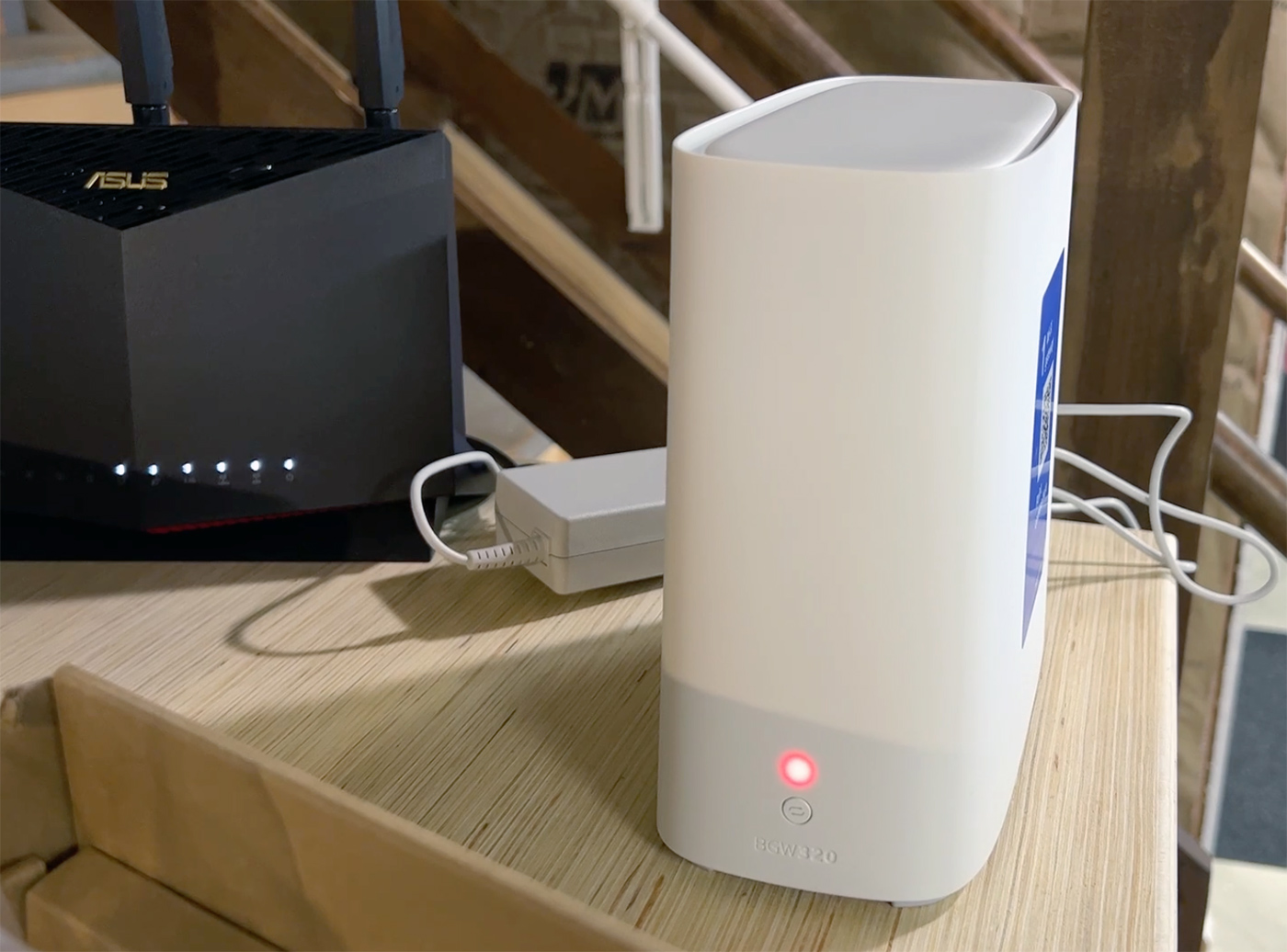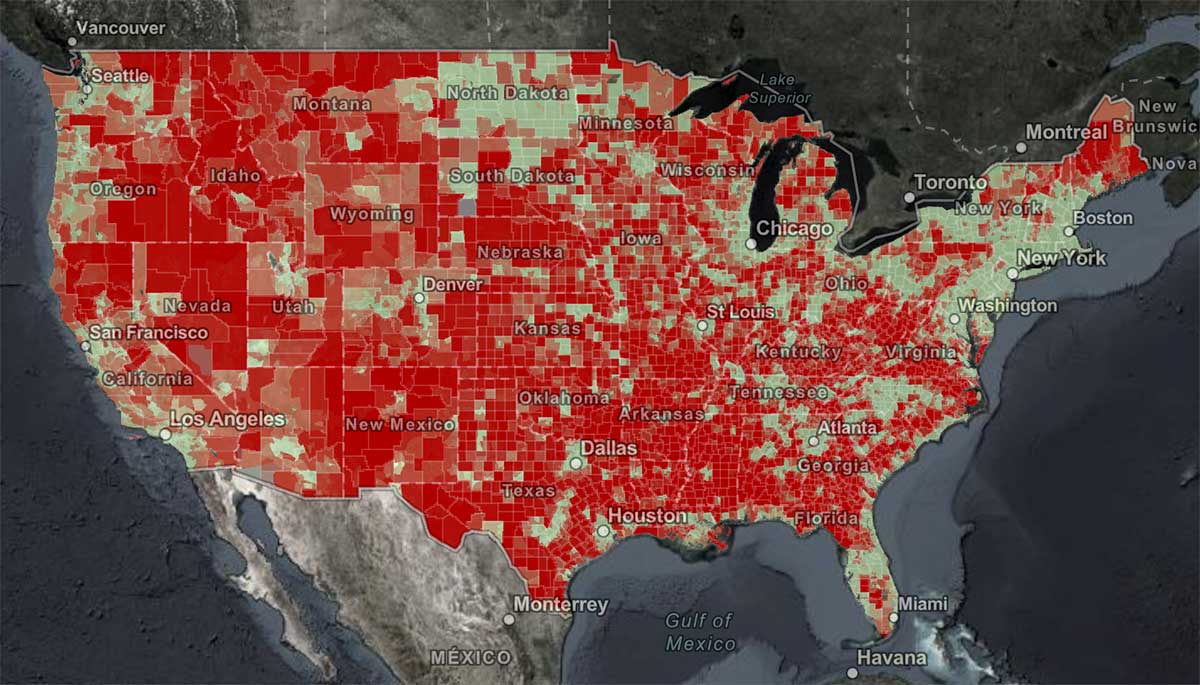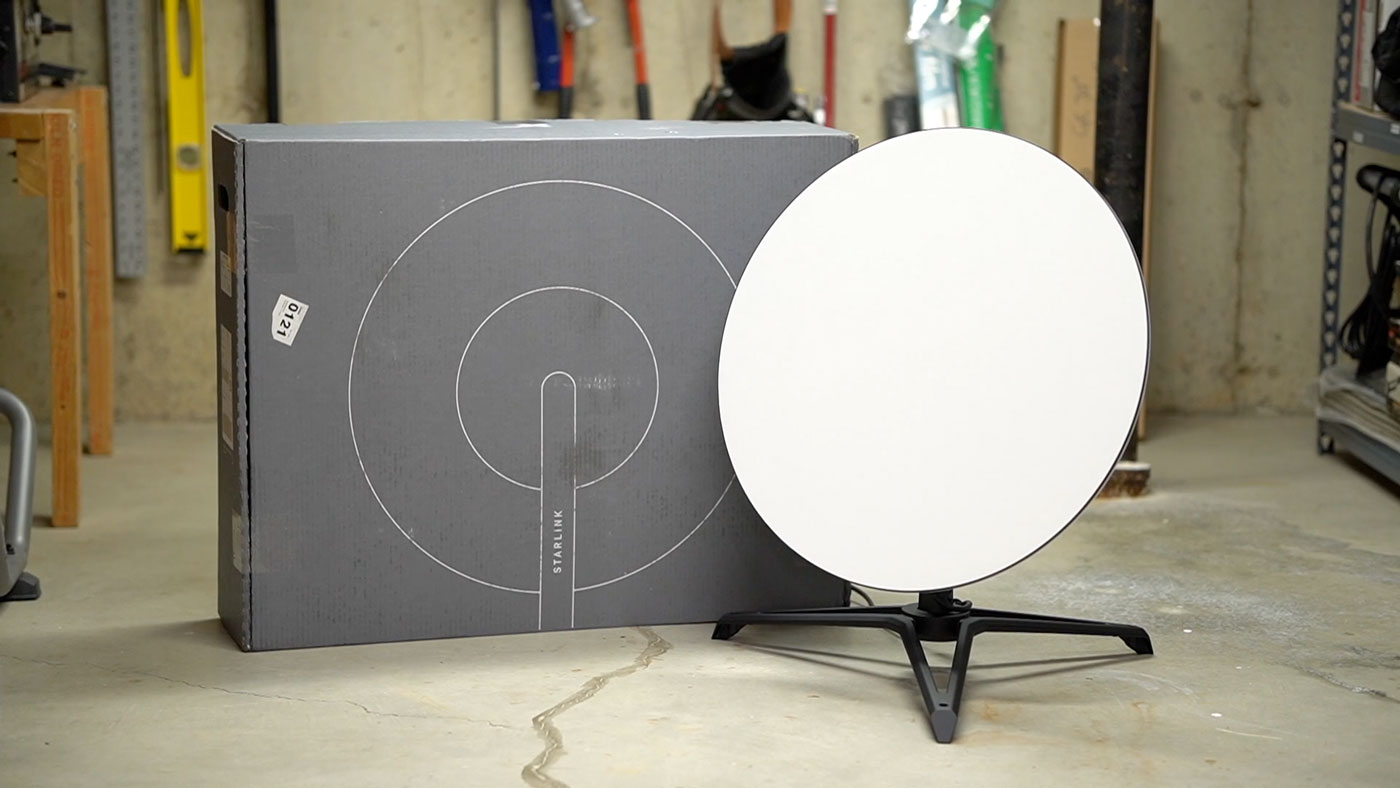Self-hosting with AT&T Fiber Internet
Today I got AT&T Fiber Internet installed at my house, and I thought I'd document a few things I observed during and after the install.
They trenched fiber boxes between pairs of houses in my neighborhood. It seems like they have little fiber hubs for 8 houses in a set, and those little hubs connect back to the main neighborhood box with an 8 or 10-strand cable, directly buried in the ground.
Apparently my street's main run was kinked somewhere, and only one of the strands had full signal, so I'm the lucky winner who signed up first, and I get that fiber until they run a new cable underground :)


